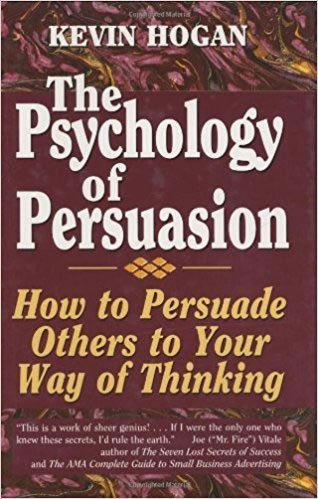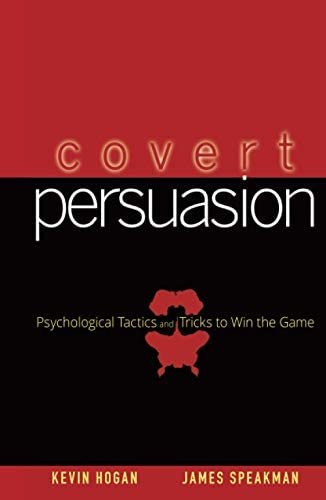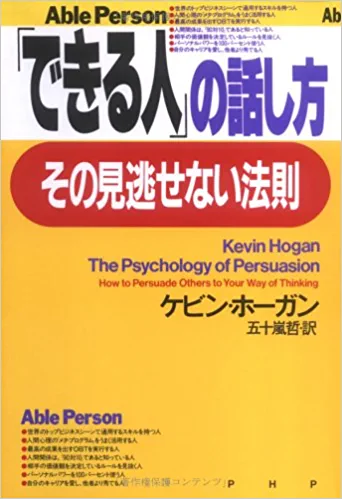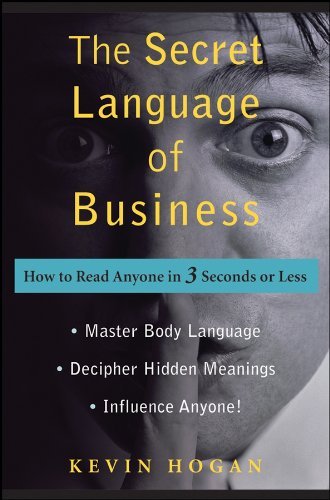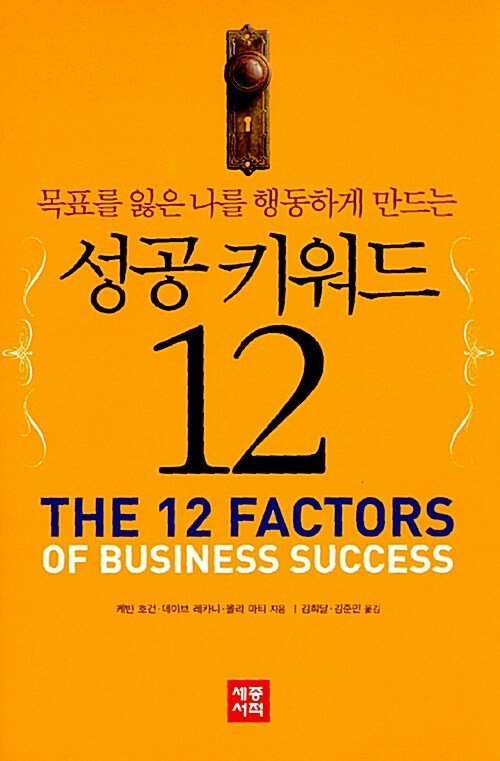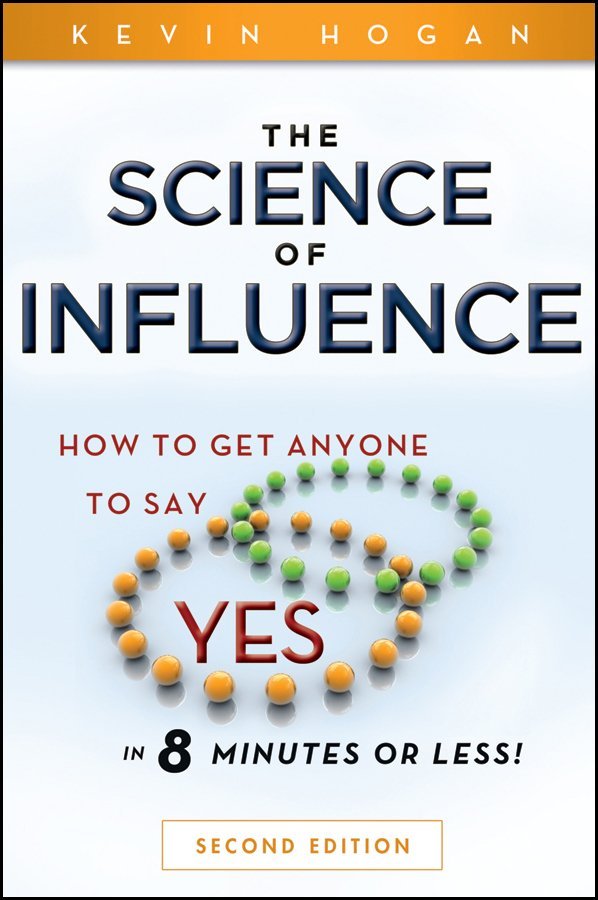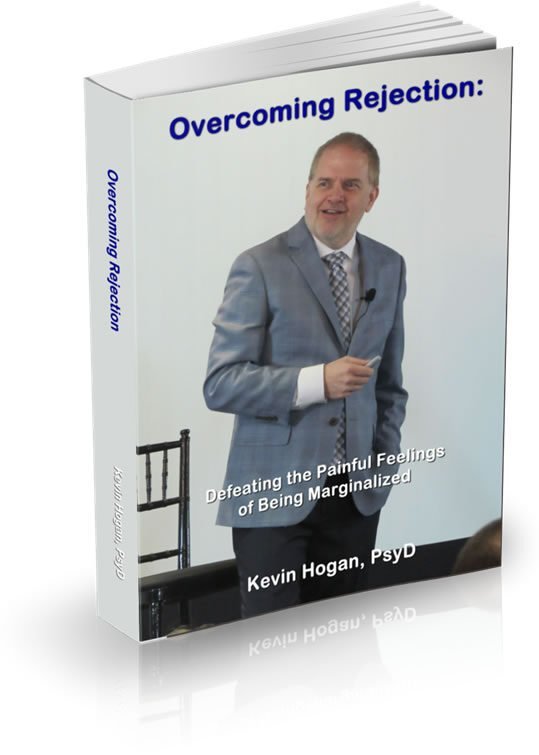Imagine I were to say, “pick a number, I’m thinking of 61,000”.
What is your number?

Now, imagine that I say to someone else, “pick a number, I’m thinking of 14”.
The responses from the two individuals are going to be dramatically different. Very few people will pick a number higher than 100 in the latter case. In the former case where I said I was thinking of 61,000, people will pick numbers in the thousands, tens of thousands and even hundred thousands.
In both cases I primed the response by stating an anchor or flag. The first case a big number…the second a small number.
The faster I ask for a response, the closer to the anchor the response will be.
These numbers mean nothing, but have direct impact on every suggestion given to the person in a specific context.
Persuasion and Marketing

Let’s move this interesting phenomenon into the persuasion and marketing arena.
Research participants were shown apartments to rent. They were given rental fees for the apartments that varied from very high to very low. When the individuals were given high numbers, the individuals focused on the positive aspects of the apartment. When they were given low numbers, they were much more likely to focus on the negative aspects.
In further research, participants who are asked to “accept” one proposal or another, are more likely to focus on the positive aspects of the proposal. Participants asked to “reject” one of two options are likely to focus on negative aspects of the two.
And there is more, but it all comes down to one key concept: Anchoring (what we are calling flagging to separate from the NLP term anchoring) is priming, and it is an associative error. Whatever you mention to prime their thinking is going to cause error in the thinking toward the anchor….even when you tell someone that this is what you are doing!! What’s this mean in the real world? How do you utilize it in real life applications?
Real estate agents are supposed to be experts in pricing real estate, but take the same property and put a different list price on it by the owners and you get valuations that are biased toward the valuation the owner put on the house!
In court rooms, judges who are asked for extremely long sentences tend to have their thinking biased toward the long sentence. The same is true for requests for short sentences.
Judges are also biased by anchors in compensation cases. Whether $100 or large sums, judges are more likely to be biased by the number that is requested.
Even more interesting, older adults who should know what percentage of their money is being saved and spent will be biased toward anchors and not what they know to be correct.
“People estimate that Gandhi lived to be roughly 67 years old if they first decided whether he died before the age of 140, but only 50 years old if they first decided whether he died before or after the age of 9.” (Strack & Mussweiler, 1997)
Why? Because people evaluate hypotheses by trying to confirm them, and not intentionally looking for disconfirmation. The mind pointed in a direction is unlikely to go back the other way without much further thought and consideration.
Here is what is even more interesting. When people come up with their own anchors, they are STILL biased toward their anchor instead of logically answering the question!
Persuasion Applications

Clearly, if you are selling a service for $1000 and want to sell the most of them possible, then you probably should set a high anchor.
“What you will gain from this experience is easily worth $9000. I could ask for half of that fee but I’m not going to. Instead I’m going to ask only $1000 for this experience.”
At first glance, you might think that the anchor is set too high. As indicated earlier though, people will set their acceptable price much higher when there is a high anchor. This is true even when the anchor is absurdly high. (Remember the Gandhi at 140 example?) You know that the anchor is set high yet it influences you anyway. This is the power of the anchor or flagging. It’s all about how the brain processes information and that is one of the key pieces we have been missing for the ages!
Does this mean that you should flag a high anchor for every promotion you do?
No.
Yes, it will get you a sale if you set high anchors, but don’t be surprised if you lose a disproportionately high percentage of these clients…because many will buy and then be offered the service later at some retail price, $4500?, and wonder why they should buy it then.
If your service is a one-time only type of service, you might want to try setting a high anchor then contrast that price with a significantly lower price, compelling the person to buy.
—–
Persuasion Research Bytes
(1) How do people first think about bundled items?
When research participants are asked to evaluate two or more items bundled together, they evaluate the most important item first and longest and only then consider the importance of smaller and less important items.
(2) And how does physiology affect thinking?
People who are given anchors tend to make their decisions closer to the anchors when nodding their heads than when they are shaking their heads “no.” And people who are nodding their heads make decisions quicker than those who are not nodding their heads or are shaking their heads.
It’s fair to say that when someone is shaking their head “no”, they are more likely to think critically and make better decisions.
Desired Outcomes:
We all want our clients and customers to make good decisions. Period. (If buying you or your product/service is a bad decision, then you need to rectify that problem.)
We all want our clients to buy with as little stress and difficulty as possible.
Science of Influence: The Master’s Advanced Home Study Course
by Kevin Hogan, Psy.D.
In the Master’s Home Study Course Part One (V. 1-12), you learned an enormous amount of cutting-edge material now coming to light in the field of influence. Now you are going to gain access to truly advanced information that has never been released to the public, ever!
The Delta Mind Control Model, for the very first time, shows you how to begin, “middle” and end a communication that is designed to influence. The DMCM works because you are able to control the direction of your mind and that of your client or counterpart. As a rule of thumb you have about 8 MINUTES to create change in someone’s mind. You will learn precisely what techniques and strategies can be utilized at various stages of those eight minutes.
Oscillation. Most people operate under the belief that what they believe is “real” What’s interesting is that these beliefs constantly waver throughout the course of a conversation! Understand oscillation and utilize the techniques to direct oscillation,and you can begin to re-map anyone’s mind.
Credibility: The Pivot Point for Persuasion. No credibility = “No!” I’m going to show you all the ways to build credibility fast and effectively! You MUST be 100% credible!
Metaprograms and Branding. Learn about NEW metaprograms and branding your SELF. These two CDs alone are more than worth the price of the entire package. Would you like to know how to have people see you as THE “go-to” person in your field? I’m going to show you how.
Branding. Most people think the word “brand” is a business term. It can be. What can branding do for you as an individual? Everything.
Mind Reading. I’m going to reveal some of my most closely held secret methods of determining what people are thinking in the moment.
Psychographics. This CD introduces you to some of the most powerful tools I utilize in helping clients determine what is going on in the minds of others…then how to use that information.
Twelve NEVER before Revealed Secrets to Optimize Persuasive Messages. Did you know that there are actually a significant number of sales calls, persuasive presentations and proposals where you should NOT mention the benefits of you, your product, service or idea? Heresy, you say? Heretical yes, and absolutely proven factual.
59 Persuasion Tactics That Gain Compliance. Of the 59 persuasion tactics, Role Response Projection is one of my “favorites” and without a doubt one of the most powerful tactics you can utilize…with a person, a group or even a nation. This is just one out of the 59 tactics I place in your hands.
Intrigued? Make this program a gift to yourself and your future success.


